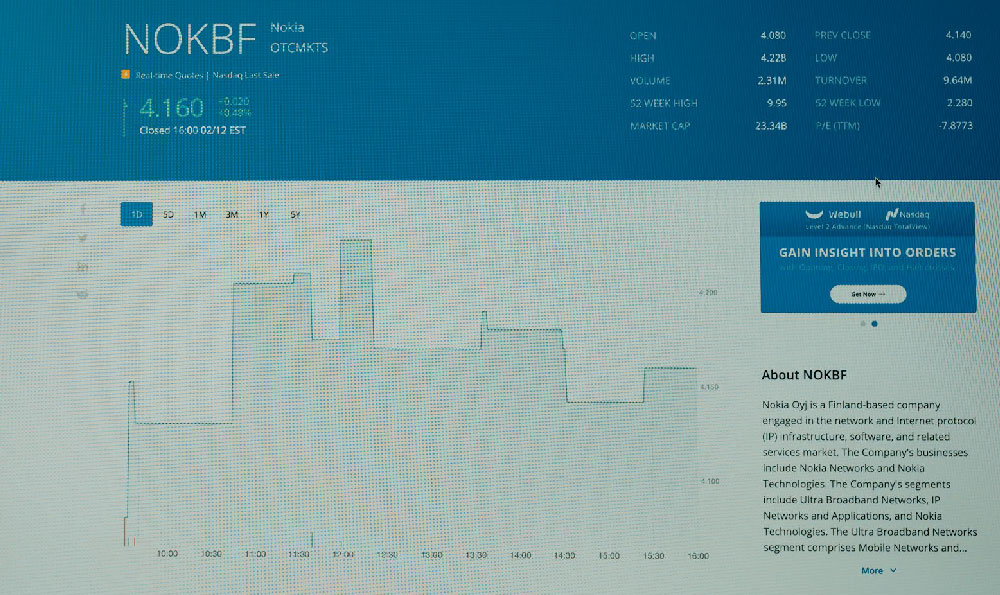In 2023, YouTube remains one of the most influential platforms for content creators and entrepreneurs to generate income. Its reach spans billions of users globally, making it a valuable space for monetizing creativity, expertise, and entertainment. However, the financial potential varies widely depending on factors such as content strategy, audience engagement, and the evolving digital economy. Understanding the mechanisms through which YouTube generates revenue—both traditional and emerging—offers insights into how creators can optimize their earnings while navigating the complexities of a rapidly changing market.
The primary revenue streams for YouTube creators in 2023 include ad revenue, channel memberships, Super Chat, brand partnerships, and merchandise sales. Ad revenue, which accounts for a significant portion of income, depends on the number of views, watch time, and the type of content. For instance, educational or informative videos often attract higher ad rates compared to entertainment-driven content. Creators who produce longer videos and maintain consistent upload schedules tend to benefit from increased ad revenue due to the platform’s algorithm favoring content that keeps viewers engaged. Additionally, YouTube’s shift toward prioritizing watch time over click-through rates has made it crucial for creators to focus on content quality and viewer retention strategies to maximize earnings.
Brand partnerships have emerged as a critical avenue for monetization, particularly for creators with substantial followings. Companies increasingly seek influencers to collaborate on content that aligns with their goals, offering compensation in the form of sponsorships, affiliate marketing, or product placements. The value of these partnerships often correlates with the creator’s audience size, engagement rates, and niche relevance. For example, a tech YouTuber with 1 million viewers might command higher rates than a general lifestyle influencer with the same number of followers. However, the process of securing sponsorships requires strategic networking, consistent content production, and the ability to demonstrate value to potential partners. Creators who build strong brand identities and effectively communicate their unique selling propositions (USPs) are more likely to attract lucrative offers.

The rise of blockchain technology and cryptocurrencies has introduced new opportunities for YouTube monetization. Some creators now leverage non-fungible tokens (NFTs) to sell exclusive digital assets or virtual goods related to their content. Others utilize cryptocurrency as a payment method for sponsorships or merchandise, offering an alternative to traditional platforms like PayPal or Stripe. This shift reflects a broader trend in the digital economy, where decentralized financial systems provide creators with greater control over their earnings and reduce dependency on intermediaries. However, integrating blockchain into YouTube operations requires technical expertise and a clear understanding of the risks associated with cryptocurrency volatility. Creators who explore this avenue should prioritize secure wallets, transparent transactions, and diversified income streams to mitigate potential losses.
YouTube’s financial landscape is also influenced by global economic trends, including inflationary pressures and shifts in consumer behavior. In 2023, many creators reported fluctuations in ad revenue due to changes in advertising budgets and market demand. For example, during periods of economic uncertainty, some brands may allocate fewer resources to online advertising, impacting the income of creators who rely heavily on sponsorships. Conversely, the demand for digital content has surged, particularly in sectors like finance, technology, and cryptocurrency, where educational content commands higher viewership and engagement. This dynamic highlights the importance of diversifying income sources and adapting to market conditions to sustain profitability.
The role of technical indicators in YouTube monetization cannot be overstated. Metrics such as watch time, subscriber growth, and click-through rates (CTRs) directly affect a channel’s eligibility for monetization and the amount of revenue generated. For instance, YouTube’s Partner Program requires channels to meet specific thresholds, typically 1,000 subscribers and 4,000 watch hours, to qualify for ad revenue sharing. Once accepted, creators must monitor their performance regularly to maintain their status and maximize earnings. Additionally, understanding viewer demographics and psychographics can help creators tailor their content to target high-value audiences, thereby increasing the likelihood of securing brand deals and affiliate partnerships.
The digital economy’s integration with traditional financial systems has created new challenges and opportunities for YouTube creators. While the platform remains a cornerstone of content monetization, the emergence of decentralized finance (DeFi) and cryptocurrency-based payment systems has introduced alternative models for generating income. For example, some creators participate in initial coin offerings (ICOs) or launch their own tokens to reward loyal subscribers or fund future projects. However, these strategies come with inherent risks, such as regulatory scrutiny and price volatility, which require careful planning and risk management. Creators who explore these avenues should conduct thorough research, consult financial advisors, and implement protective measures to safeguard their investments.
The future of YouTube earnings in 2023 and beyond is shaped by ongoing technological advancements and market dynamics. As artificial intelligence (AI) and machine learning algorithms continue to refine content recommendations, creators must adapt to these changes by optimizing their video metadata, improving search engine optimization (SEO), and leveraging AI-powered analytics tools to gain insights into viewer behavior. Additionally, the increasing adoption of cryptocurrency and blockchain technology may lead to new monetization models, such as token-based subscriptions or decentralized advertising networks, which could redefine the landscape of digital content creation.
For creators aiming to maximize their income, a combination of strategic planning, technical optimization, and market awareness is essential. Building a loyal audience through consistent content delivery and active engagement is the foundation of any successful YouTube strategy. Moreover, diversifying income sources—whether through ad revenue, sponsorships, merchandise, or emerging technologies like blockchain—ensures financial stability in the face of market fluctuations. By staying informed about industry trends and adopting innovative approaches to monetization, creators can harness the full potential of YouTube to achieve long-term financial success.












